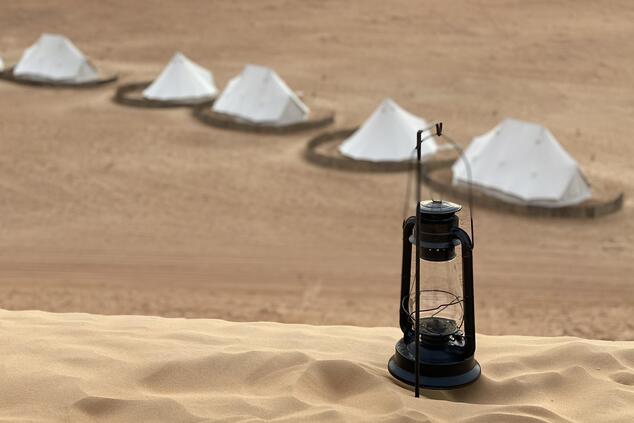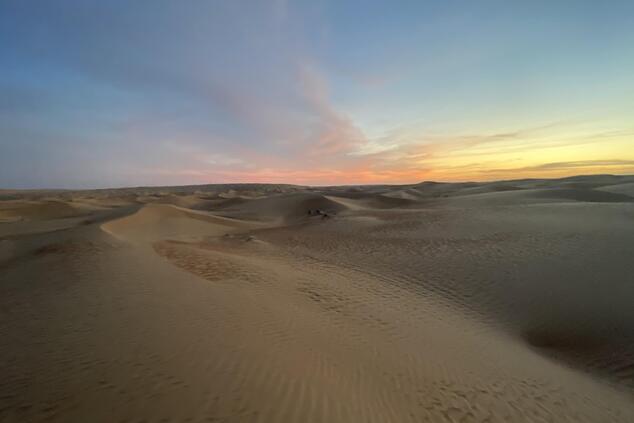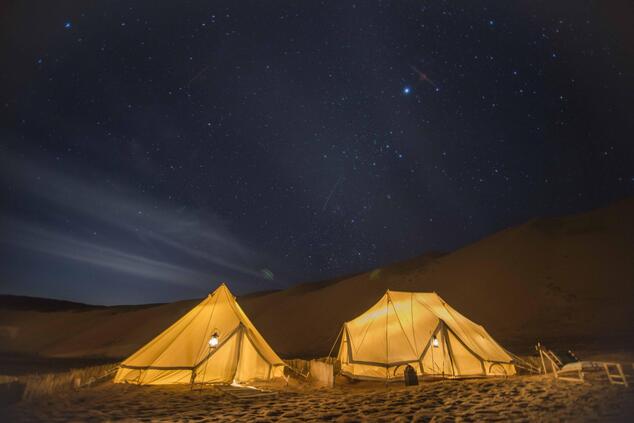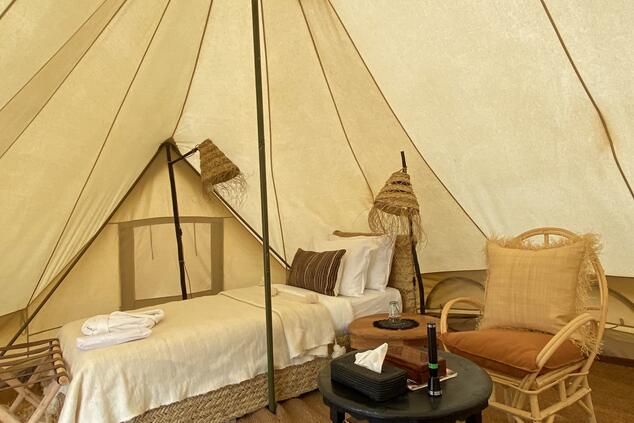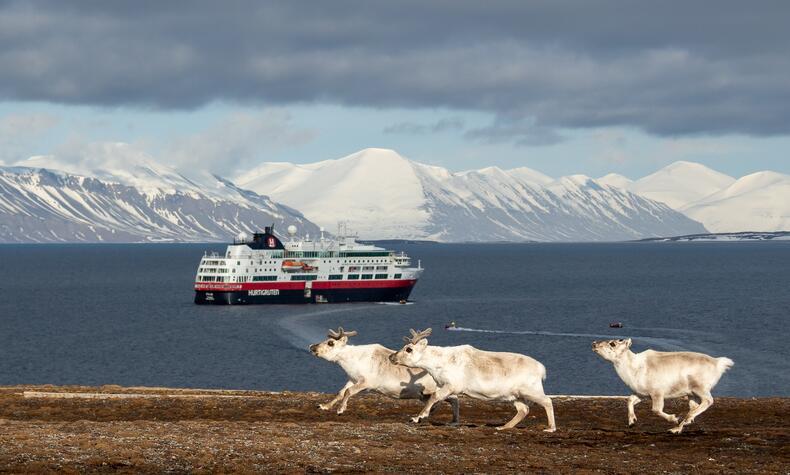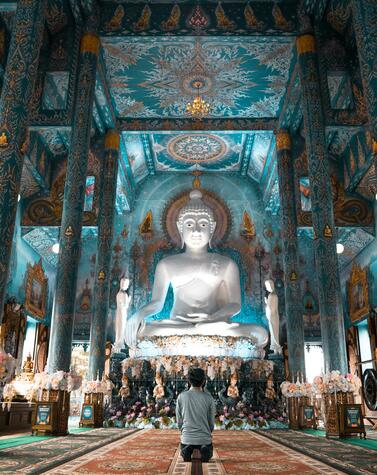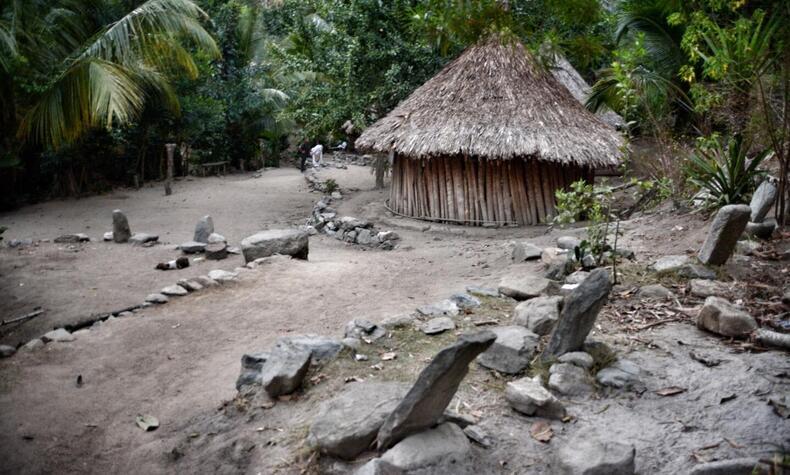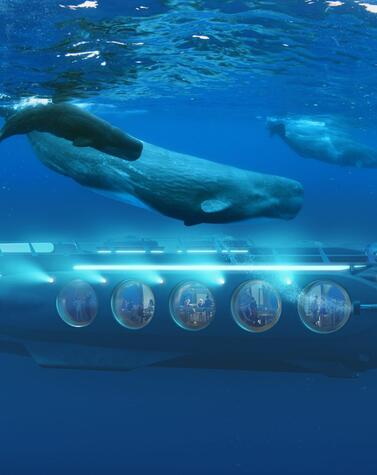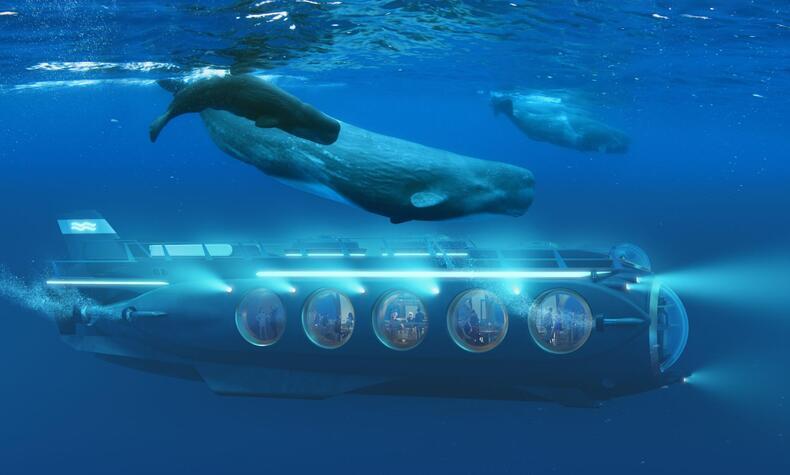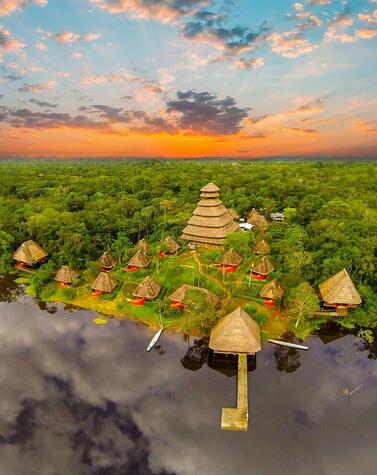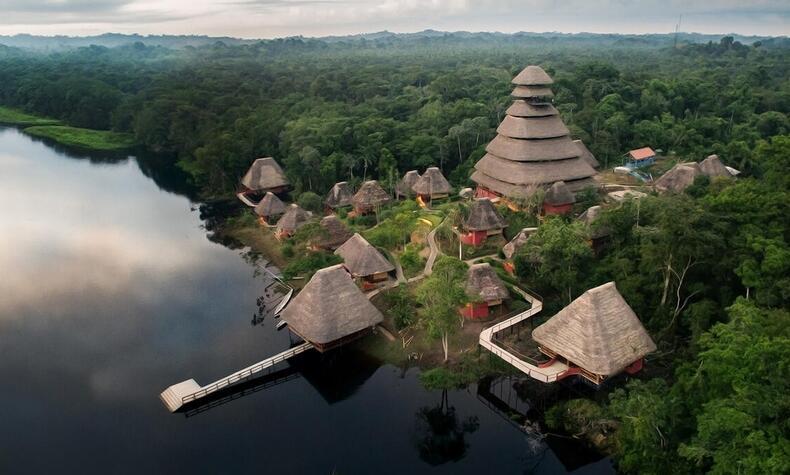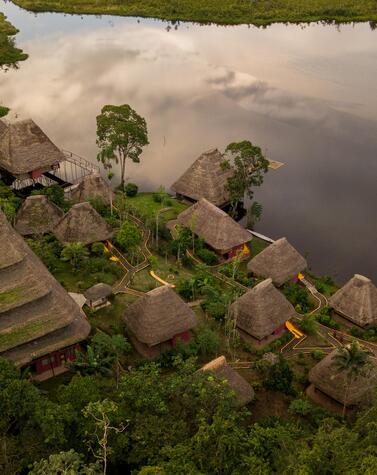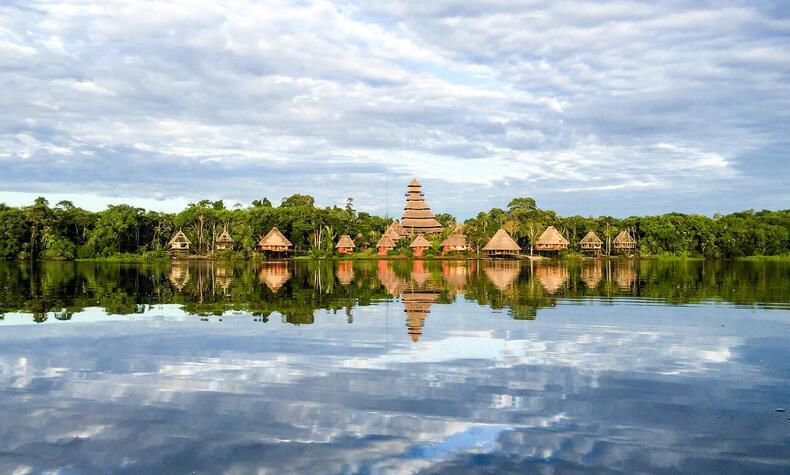Oman: Returning to a more authentic past
You get a strange feeling when arriving at the airport. My mind takes me to a state of relaxation. Something in the air smells like vacation, and I feel an excitement towards the unknown. You long for those hours on the plane, disconnected from the world, that draw you into a quiet, personal space. A moment of peaceful indulgence, where your only task is to spend time on yourself: listening to your music, watching the latest films, and enjoying the steady rhythm of meals and refreshments. Perhaps it was a preview of what awaited me upon arrival in Muscat, the capital of Oman.
Upon arrival, despite the hustle and bustle of the capital, your first impression of Muscat is that life moves at a slower pace than what we’re used to. People speak in relaxed tones, greet you with effortless warmth, and gather on benches to chat unhurriedly with friends. In the squares, spontaneous soccer games break out, often between players of all ages. In Oman, time seems to flow differently; even your heartbeat slows down.
Offshore of Muscat, the Al Dimaniyat Islands are an archipelago of 9 islands and are a protected reserve. The islands have several types of coral reefs and are home to a large number of sea turtles that lay their eggs and nests there.
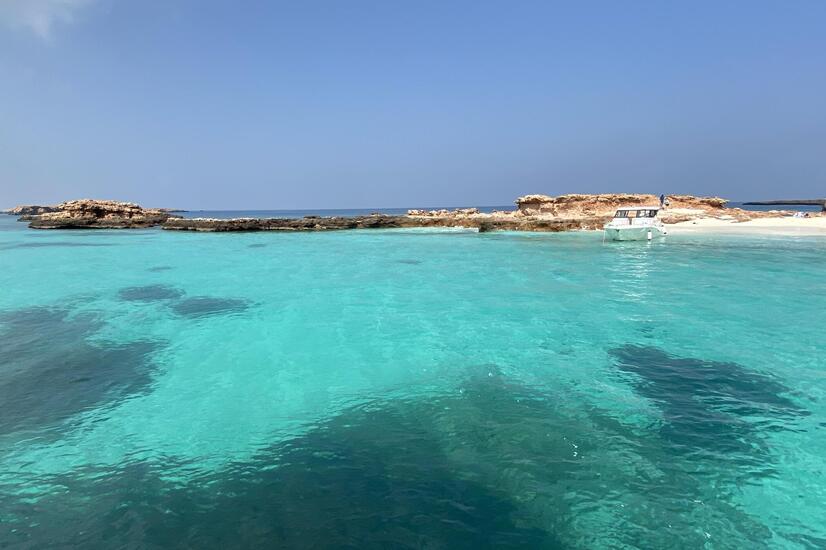
Muscat surprises you, not so much with grand architecture or the most beautiful streets, but with the way it makes you smile. No pressure to buy at the souk, just a warm invitation to wander along the corniche, where the simple act of walking makes you feel like a local.
Of course, there are must-see landmarks, like the Sultan Qaboos Grand Mosque, perhaps one of the most beautiful and original in the world. Its distinct architecture radiates authenticity, especially when you're surrounded by worshippers in quiet reverence.
Muscat’s eclecticism is striking. At a single glance, you can spot ancient Portuguese forts that once protected the city and the Al Alam Palace, the official residence of the beloved Sultan Qaboos.
Oman is one of those rare countries where the landscape shifts dramatically, almost unrealistically, within just a few hours. Heading south along the northern coast, you traverse a Martian terrain of jagged rocks, stumble upon turquoise waterholes, and follow dry riverbeds known as wadis that lead to hidden lakes, crystal-clear pools, and caves concealing waterfalls.
After an hour of hiking, you may start to think those postcard-perfect scenes are just fantasy. But with a few more steps, the impossible becomes real.
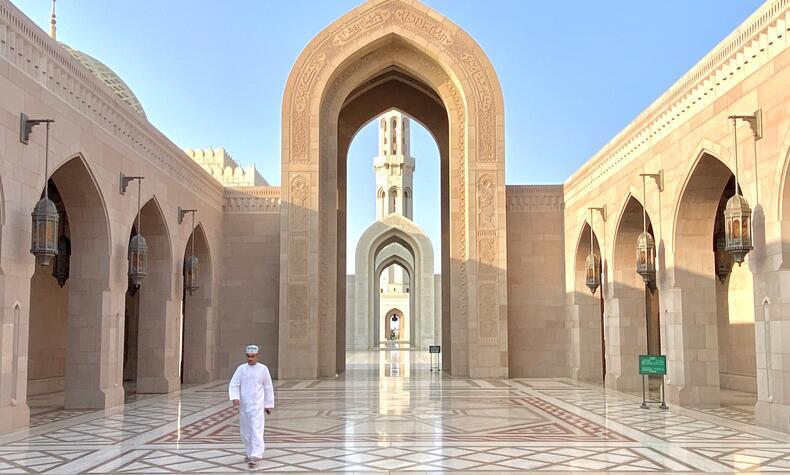
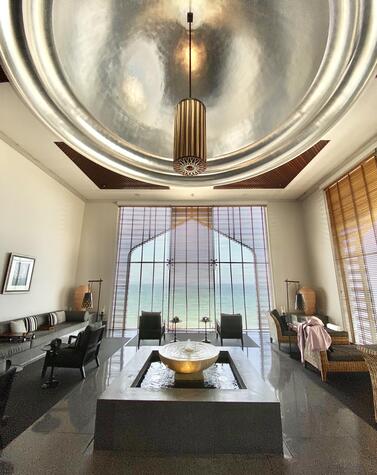
The desert of silence
Just two hours from the capital or the coast, the modest villages along the way give no hint of what lies beyond: the desert. But this isn’t just any desert, it’s the largest sand desert on Earth.
It’s astonishing how suddenly the first towering dune appears, swallowing the 4x4 as it climbs its slope. From that moment on, the cities vanish, and you're surrounded by a sea of endless dunes. Camel rides, quad biking adventures, dreamlike sunsets, barefoot walks across 300-meter-high dunes, once again, you're overcome by fascination and awe.
Time in the desert unfolds slowly. Here, pleasure is found in the quiet: a good book, traditional Omani cuisine served in beautifully designed tents, the stillness, and the warmth of the campfire at dusk. The tents themselves are luxurious in their simplicity, fully equipped for comfort, with thoughtful touches like hot water bottles tucked into your bed before you fall asleep beneath soft, quilted blankets.
- The camp allows you to live the experience of spending a night in the desert —
- The desert of Oman is one of the largest in the world with an area of 62,400 km2 —
- Lack of light pollution favors astronomical observation in the desert —
- The camp tents are equipped with all the necessary details for a magical night
From where I was, it was a three-hour drive to Jebel Akhdar, the "Green Mountain" of Oman. At first, it seemed out of place. After all the coastlines, dunes, and arid stretches I’d seen, the idea of mountains didn’t quite fit. I imagined soft hills or modest valleys. Once again, I was wrong.
A checkpoint stopped all non-4WD vehicles. I had seen paved roads on satellite images, so I was confused until we began climbing some of the steepest roads I’ve ever driven. As we wound upward, we passed the tire marks of unlucky drivers who had underestimated the terrain.
At around 1,300 meters above sea level, the landscape changed dramatically. Towering mountains rose before us, with sweeping views of deep canyons, the so-called “Grand Canyon of Oman.” The guide’s words finally made sense. Here, luxury hotels blend into the surrounding cliffs of dark rock, almost invisible from a distance.
For two days, I explored nature trails, took in breathtaking views, and tackled via ferratas, adrenaline-fueled climbs through stunning terrain.
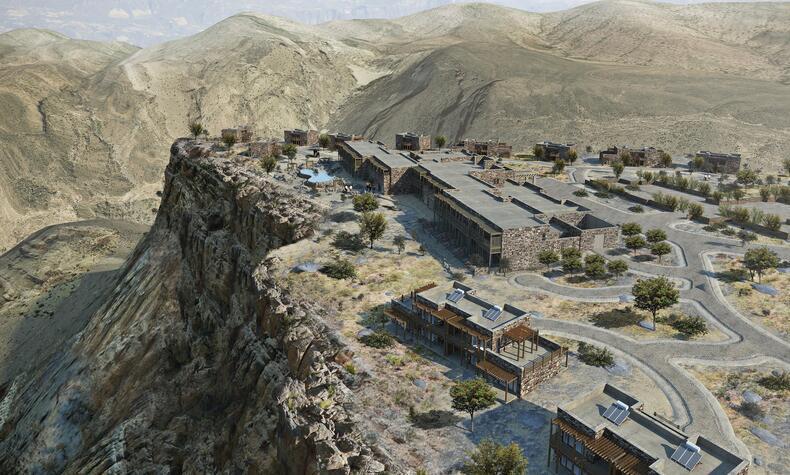
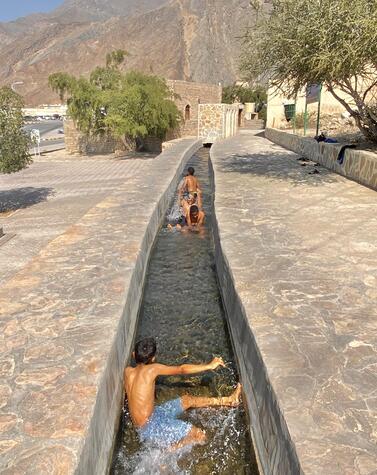
Before heading to the airport for my final stop in this fascinating country, I planned a route through several traditional villages. I started by visiting large oases filled with palm trees, glimpsed from secret spots known only to my guide. Nearby, those brown mud formations next to the oases revealed villages that seemed frozen in time.
I was surprised to find them here, in Oman, children playing in irrigation channels who splashed water at me as I passed, inviting me to join in their world. I didn’t feel like a visitor, but a fleeting resident who sparked their curiosity as I wandered through.
My trip would end in Salalah, after a short flight south toward the Indian Ocean. Initially, I thought a few days in Salalah would be a restful pause. What I hadn’t expected was to find a private villa with a pool overlooking a stunning white-sand beach, nestled beside ancient archaeological sites and almost completely untouched by modern development.
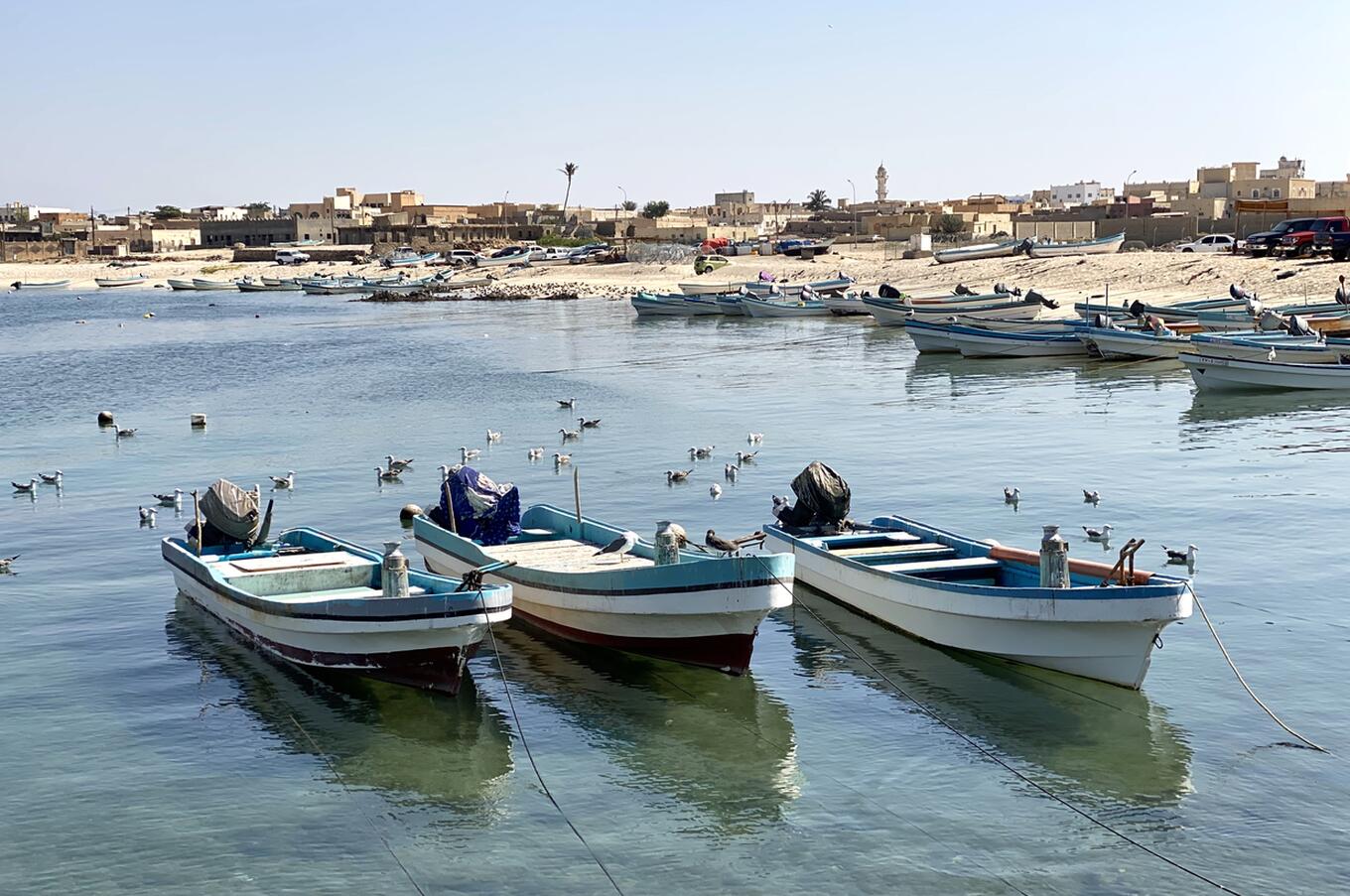
Salalah and its surroundings form a truly unique enclave. From the beach, the flat plain quickly gives way to a rugged line of rocky mountains. In a single view, you can take in the white sandy shore, modest buildings nestled nearby, and the dark mountains rising behind, mountains that, surprisingly, turn green with vegetation during the summer months.
That’s when I decided it was worth exploring the surrounding regions, to see if they would surprise me just as positively. And indeed, they did. Our lively guide drove us eastward, where I discovered medium-sized villages that still preserve their traditional architecture, complete with intricate mud palaces that form labyrinths of history.
A landscape of contrasts
The semi-arid landscape was dotted with cliffs that concealed hidden beaches and lagoons, where groups of camels occasionally wandered across the vast terrain. In Mitnab, half-ruined cottages stood opposite a fishermen’s wharf, a place where tourists were a rare sight.
Here, I felt immersed in the everyday life of the locals. Later, our driver led us inland, winding up the mountains that shape Salalah’s distinctive natural panorama. Along the way, I spotted baobab trees, fragrant incense trees, and breathtaking views of the coast.
But the most remarkable sight awaited at the mountain’s summit: a turquoise river where camels, cows, donkeys, and goats roamed freely, like a peaceful farm nestled in the wild.
Following the river upstream for about fifteen minutes, it opened into a beautiful lagoon, complete with small waterfalls framing a truly unexpected landscape.
Tourism in Oman has been increasing over the years, and now is the perfect time to visit before tourists increase significantly in the future, and you can still have a variety of quality accommodations. Oman is a perfect country for restless travelers who want to feel the authenticity of a place and can mentally go back to barely touched places of the past and dreamy landscapes.

